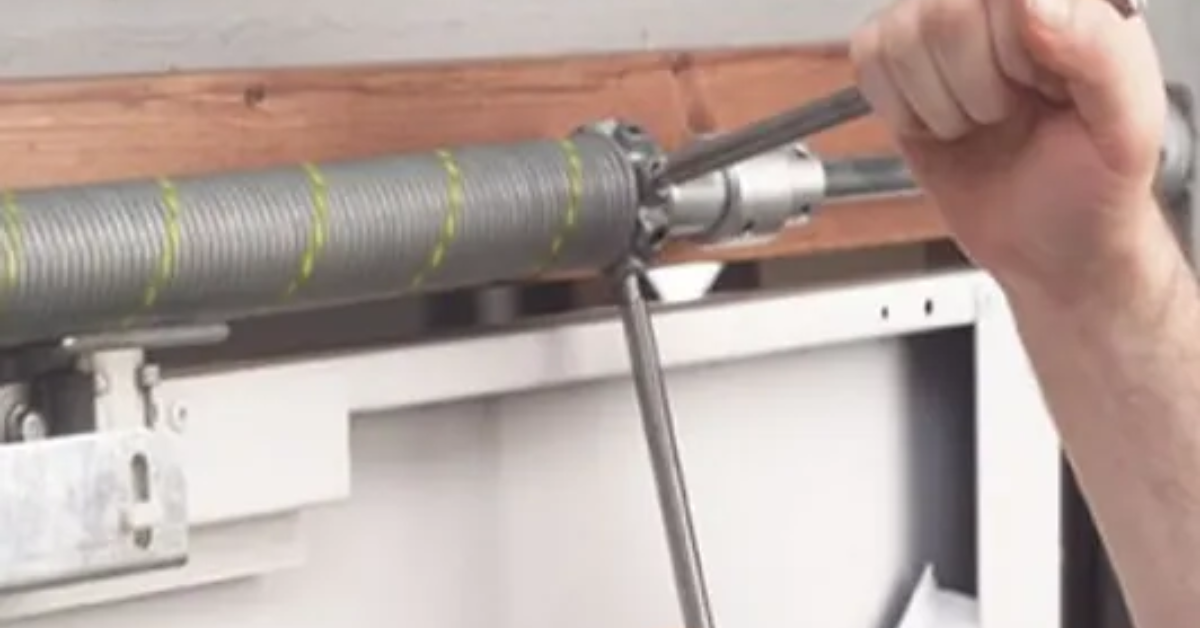How Much To Repair Garage Door Cable?
Garage door cables play an important role in the operation of your garage door. They work alongside the springs to lift and lower your garage door smoothly. Over time, these cables can wear out or break, leading to the need for repair. Understanding the costs associated with repairing garage door cables is essential for homeowners. The purpose of this article is to provide a detailed overview of garage door cable repair costs, the factors affecting these costs, and how to ensure your repair is done efficiently and cost-effectively.
What Are Garage Door Cables?
Garage door cables are sturdy, braided wires that bear the door's weight as it opens and closes. They are under immense tension, which makes them both strong and vulnerable to wear and tear over time. There are two main types of garage door cables:
Torsion Cables: Used in torsion spring systems, these cables run from the bottom corner of the door to the cable drum near the top of the door. They are designed to work with the torsion springs to lift the door.
Extension Cables: These cables are used in extension spring systems. They run alongside the horizontal tracks on each side of the door, assisting the extension springs in raising and lowering the door.
Common Issues with Garage Door Cables
- Due to the constant tension and movement, garage door cables can fray over time. Fraying weakens the cable and can eventually lead to it snapping.
- A snapped cable is a serious issue that requires immediate attention. When a cable snaps, the door can become unbalanced, making it difficult and dangerous to operate.
- Misaligned cables can cause the door to move unevenly or get stuck. This misalignment can be due to cables slipping off the drums or pulleys.
Signs Your Garage Door Cable Needs Repair
- If your garage door struggles to open or close, it could be a sign that the cables are damaged or misaligned. This is often one of the first signs that there is a problem.
- Regular inspection of your garage door cables can help you spot visible signs of wear, fraying, or rust. Addressing these issues early can prevent more severe problems.
- Squeaking, grinding, or other unusual noises when operating your garage door can indicate that the cables are worn or damaged.
Importance of Timely Repair
Timely repair of garage door cables can prevent further damage to the door and other components of the system, such as the rollers and tracks, as ignoring cable issues can lead to more costly repairs down the line. Additionally, faulty garage door cables pose significant safety risks, potentially causing the door to fall unexpectedly or become stuck, making it crucial to ensure they are in good condition for the safety of everyone using the garage door.
Cost Breakdown of Garage Door Cable Repair
- Type of Cable: The cost of repair can vary depending on whether you have torsion or extension cables. Torsion cables generally require more complex repairs.
- Extent of Damage: Minor repairs will cost less than major repairs or complete replacements.
- Labor Charges: Labor costs can vary based on your location and the complexity of the repair.
Average Cost Estimates
The average cost to repair garage door cables typically ranges from $150 to $350. This includes both parts and labor. Prices can vary depending on the factors mentioned above. If you need immediate repair services, especially outside of regular business hours, you may incur additional fees for emergency repairs. In some cases, other parts of the garage door system may also need to be replaced, adding to the overall cost.
Ways to Save on Garage Door Cable Repair
Routine maintenance can extend the life of your garage door cables and prevent costly repairs. Regularly inspect and lubricate the cables and other moving parts. Check if your garage door or cables are still under warranty. A warranty can cover part or all of the repair costs. Getting multiple quotes from different repair services can help you find the best price for the repair. Be sure to compare the services included in each quote.
Choosing the Right Repair Service
When choosing a repair service, look for experienced, licensed, and insured professionals like those at Fix N Go repair services. It's important to check online reviews and ask for recommendations from friends and family to ensure you're selecting a reputable service. Before hiring, ask about their experience, the warranty on their repairs, and get a detailed cost estimate. Additionally, ensure they have the necessary insurance and certifications to perform the work safely and effectively. Fix N Go repair services exemplify these qualities, making them a reliable choice for your garage door repair needs.
Maintenance Tips to Prolong Cable Life
- Regularly inspect your garage door cables for signs of wear and tear. Early detection of issues can prevent major problems.
- Lubricate the cables and other moving parts regularly to reduce friction and wear.
- Ensure your garage door is properly balanced. An unbalanced door can put extra strain on the cables, leading to premature wear.
Common Mistakes to Avoid
Ignoring small issues can lead to more significant problems. Addressing minor damage early can save you from costly repairs. Garage door cable repair requires specific knowledge and tools. Attempting repairs without these can lead to injury or further damage.
Conclusion
Maintaining a functional and safe garage door system requires understanding the importance of garage door cables and the costs associated with their repair. Regular inspections, timely repairs, and choosing the right professional service are key to ensuring your garage door operates smoothly and safely.




